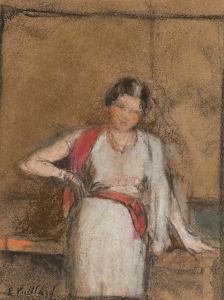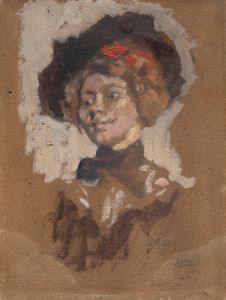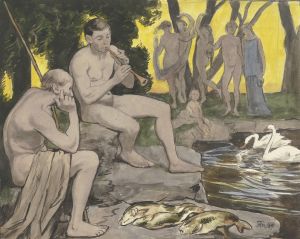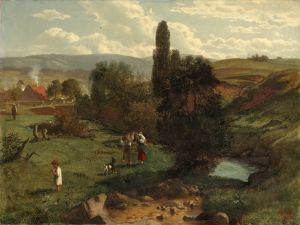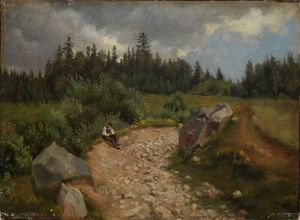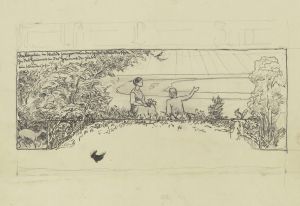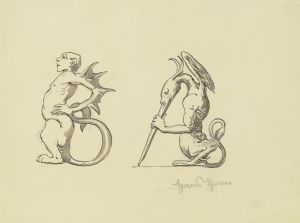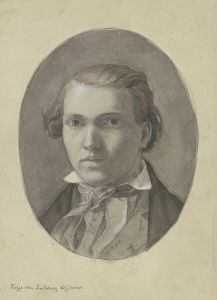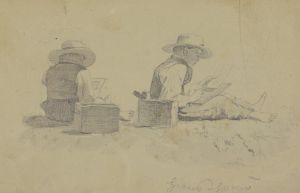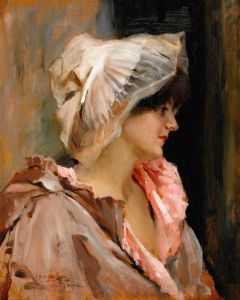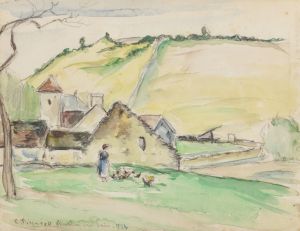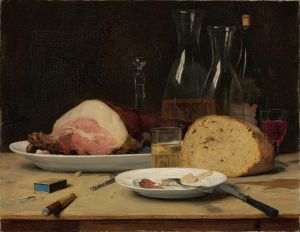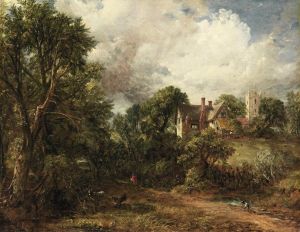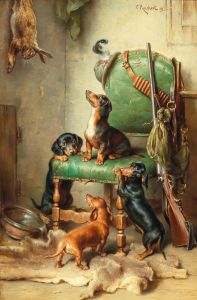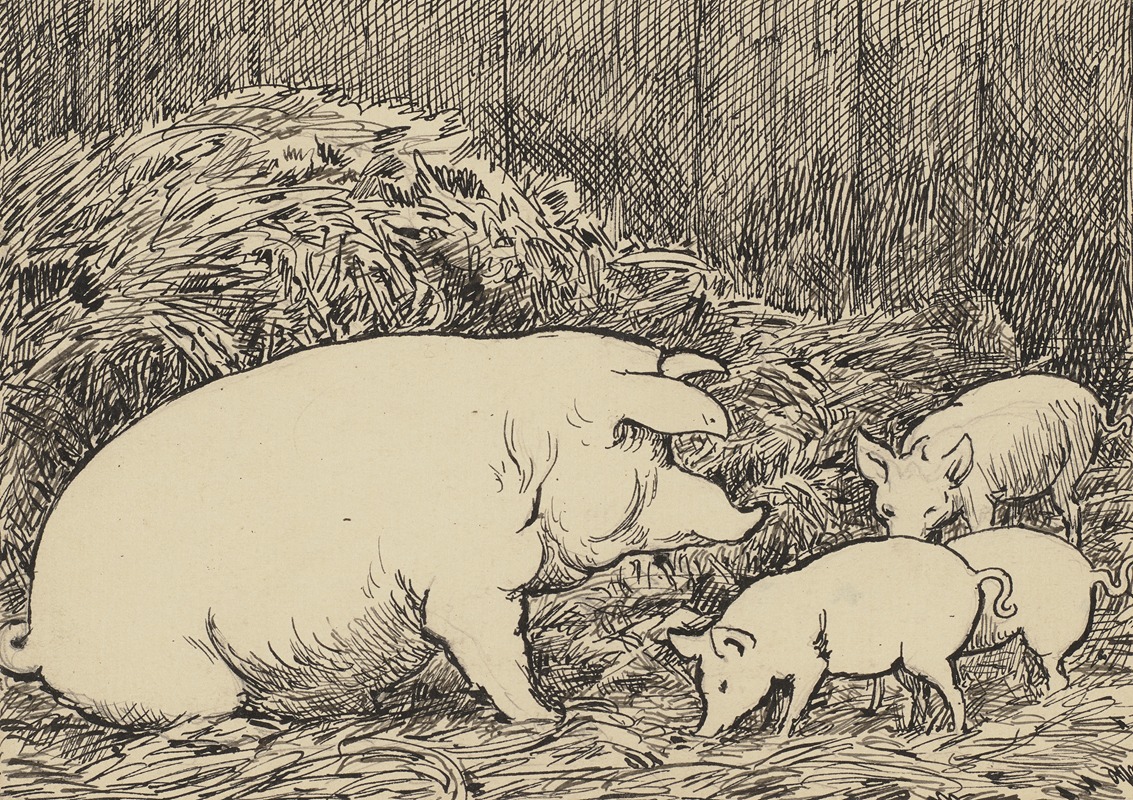
Schwein
A hand-painted replica of Hans Thoma’s masterpiece Schwein, meticulously crafted by professional artists to capture the true essence of the original. Each piece is created with museum-quality canvas and rare mineral pigments, carefully painted by experienced artists with delicate brushstrokes and rich, layered colors to perfectly recreate the texture of the original artwork. Unlike machine-printed reproductions, this hand-painted version brings the painting to life, infused with the artist’s emotions and skill in every stroke. Whether for personal collection or home decoration, it instantly elevates the artistic atmosphere of any space.
Hans Thoma was a German painter born on October 2, 1839, in Bernau, in the Black Forest region of Germany. He is known for his landscapes, portraits, and genre paintings that often reflect the natural beauty and rural life of his native region. Thoma's work is characterized by a blend of realism and romanticism, and he was influenced by both the German Romantic movement and the French Barbizon school.
One of Thoma's works is titled "Schwein," which translates to "Pig" in English. While specific details about this particular painting are scarce, it is consistent with Thoma's broader body of work, which frequently depicted scenes from nature and rural life. Thoma had a deep appreciation for the natural world, and his paintings often feature animals, plants, and landscapes rendered with meticulous attention to detail and a sense of tranquility.
Thoma's career began with his studies at the Karlsruhe Academy of Fine Arts, where he was trained under Johann Wilhelm Schirmer and Ludwig des Coudres. His early work was influenced by the Romantic tradition, but he gradually developed his own style that combined elements of realism with a personal, almost idyllic vision of the world. Thoma's paintings often evoke a sense of nostalgia and simplicity, capturing the essence of rural life in 19th-century Germany.
Throughout his career, Thoma was associated with several art movements and circles. He spent time in Munich, Paris, and Italy, where he was exposed to various artistic influences. In Paris, he encountered the works of Gustave Courbet and the Barbizon painters, which left a lasting impact on his approach to landscape painting. Thoma's work also shows the influence of the Pre-Raphaelites, particularly in his attention to detail and use of vibrant colors.
In addition to his paintings, Thoma was also an accomplished printmaker and illustrator. He produced a number of etchings and lithographs, often featuring similar themes to his paintings. Thoma's work was well-received during his lifetime, and he gained a reputation as one of Germany's leading artists. He was appointed as a professor at the Karlsruhe Academy and later became the director of the Kunsthalle Karlsruhe, where he played a significant role in promoting contemporary art.
Thoma's legacy is marked by his ability to capture the beauty and simplicity of rural life, as well as his contributions to the development of German art in the late 19th and early 20th centuries. His work continues to be celebrated for its technical skill, emotional depth, and harmonious composition.
While specific information about the painting "Schwein" is limited, it can be appreciated within the context of Thoma's broader oeuvre, which consistently reflects his love for nature and his skill in depicting the world around him with sincerity and grace.





